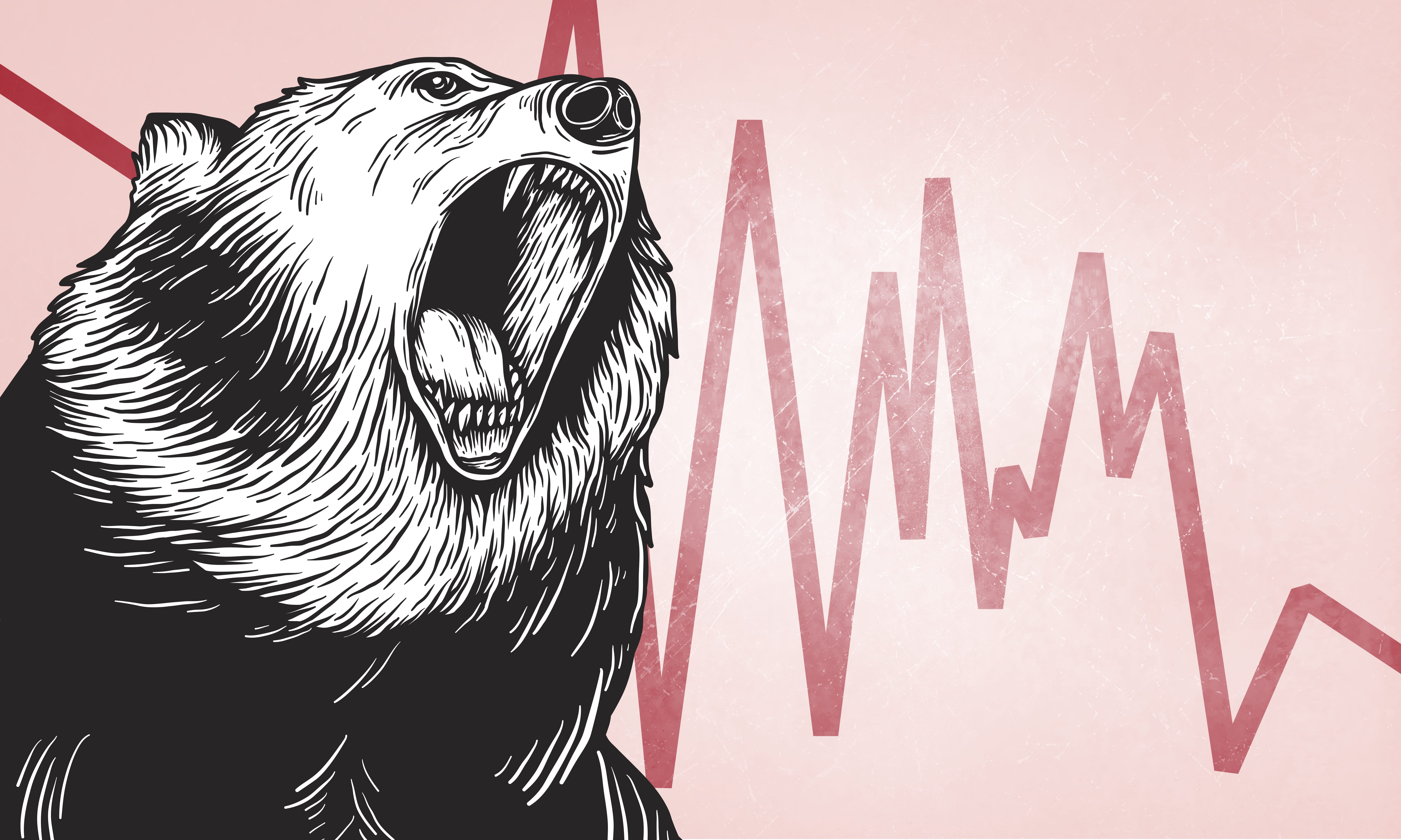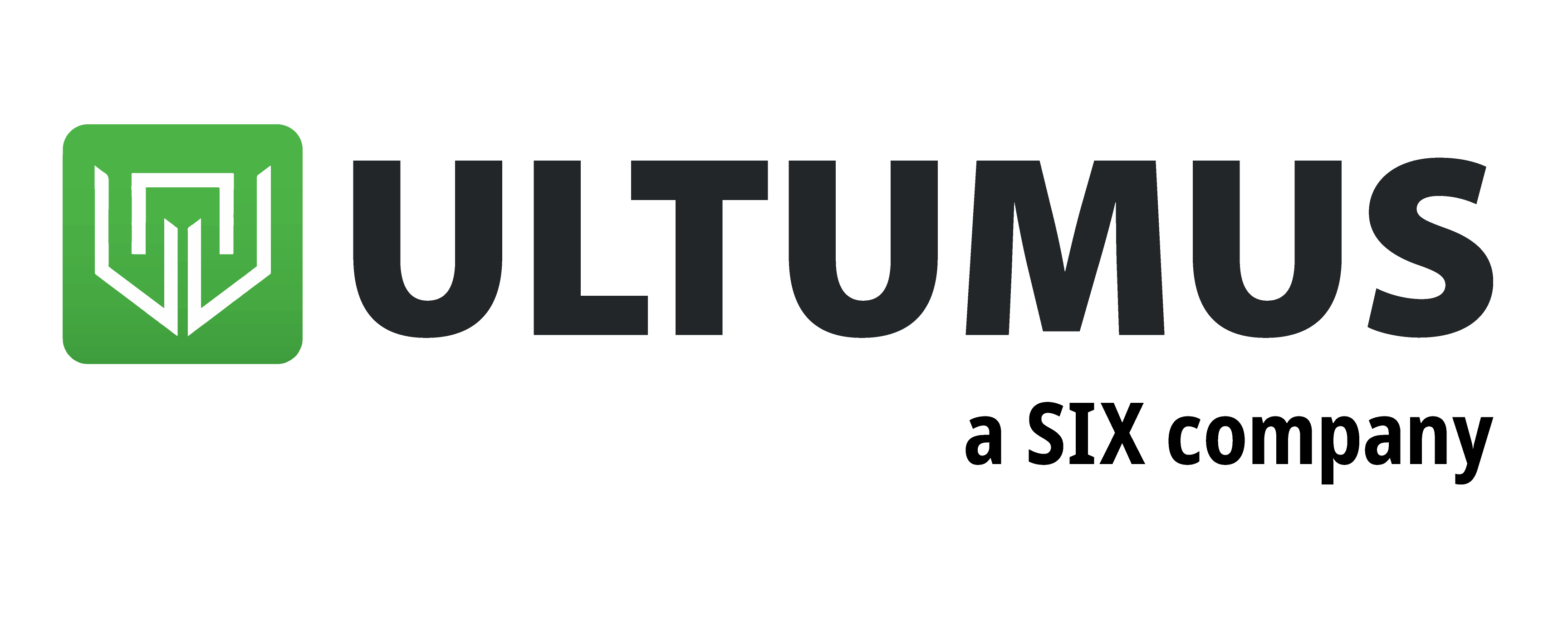ETF investors in Europe shifted assets from recovery trade favourites into traditional hedge exposures last week, illustrating a departure from the optimism which defined the first half of the year.
Having fallen completely out of favour in the early stages of the COVID-19 pandemic, value and small cap ETFs made a triumphant comeback as the arrival of vaccines helped investors to believe the end of economic and societal lockdowns were in sight.
However, question marks over the recovery became more prominent last week with investors pulling $777m from the iShares MSCI World Small Cap UCITS ETF (WSML), the most across all European-listed ETFs, according to data from Ultumus.
Following in WSML’s footsteps were the iShares Edge MSCI US Value Factor UCITS ETF (IUVF), iShares Edge MSCI Europe Value Factor UCITS ETF (IEFV) and iShares Edge MSCI World Value Factor UCITS ETF (IWFV), which saw $488m, $225m and $216m assets, respectively, over the same period.
The opposite was true for gold ETFs and ETCs with the popular volatility hedge coming back into vogue in the week to 16 July.
Moving in tandem, the iShares Physical Gold ETC (SGLN) collected $145m new assets while the Amundi Physical Gold ETC (GOLD) and Invesco Physical Gold ETC (SGLD) saw $123m and $101m inflows, respectively.
Interestingly, the iShares Gold Producers UCITS ETF (SPGP) also saw $133m inflows, which is significant given the prices of gold mining equities tend to be more volatile than the metal itself – suggesting some investors see near-term upside potential.
Undoubtedly, developments such as the rapid spread of the Delta variant, the UK’s anticlimactic ‘Freedom Day’ and renewed tension between the US and China have all combined in a malaise that act against the risk-on sentiment which dominated have dominated since before the turn of the year.
The price of gold increased by $70 an ounce between 20 June and 19 July while the price of crude oil fell $10 in six days and 10-year US Treasury yields dropped 20 basis points as investors cycled out of equities with valuation support weakening.
Also demonstrating a loss of faith this week were the dips in developed market large cap indices with the FTSE 100 falling to its lowest level since May on 19 July while the S&P 500 shed 2.9% in a week.
Whether these trends are a blip or a preamble to more severe correction is a hotly debated subject.
As CBOE’s VIX volatility index hit its highest levels since May on Monday, Steen Jakobsen, CIO at Saxo Bank, said: “Given signs of a highly leveraged market of late – in part due to the lack of significant equity market corrections since at least last September-October – and with thin liquidity in the summer months, there is some risk that significant further selling can aggravate this risk-off move further, sending the market into a more profound tailspin and a proper “correction” of some 10% or more in the major indices on order flow linked to volatility expansion, portfolio risk adjustment and stop-loss driven selling.”






